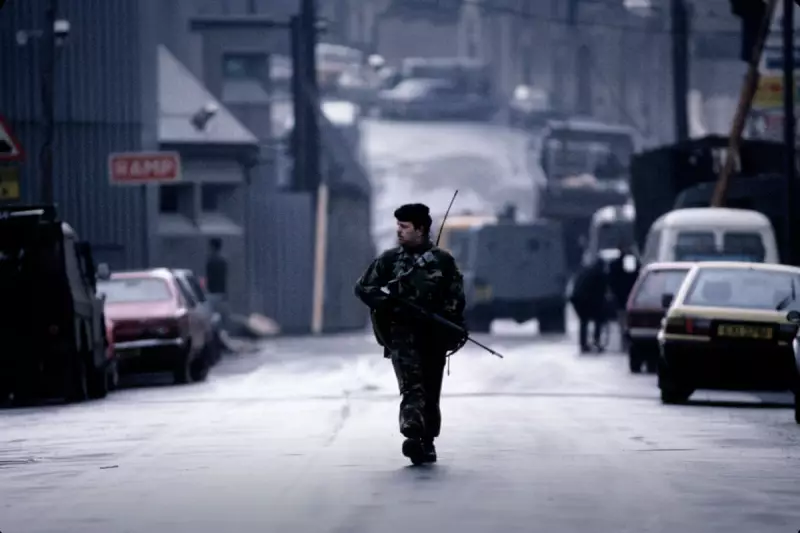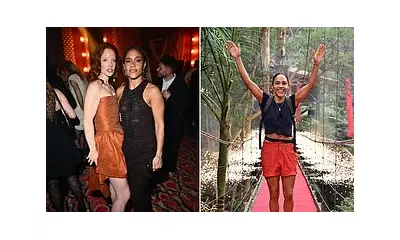
The world of British photography has lost one of its most distinctive voices with the passing of Brian Harris at the age of 77. For over four decades, Harris's camera captured the evolving soul of London, creating a visual legacy that continues to define how we see the capital city.
A Guardian Pioneer
Harris joined The Guardian in 1975 during a transformative period for British journalism. As the newspaper's first dedicated picture editor, he revolutionised how photography was valued and presented in quality journalism. His appointment marked a significant shift from the traditional Fleet Street approach that often treated photographers as secondary to writers.
His philosophy was simple yet profound: photographs shouldn't merely illustrate stories but should tell them with their own visual language. This approach elevated photojournalism within one of Britain's most respected publications.
Architectural Vision
While Harris photographed countless subjects throughout his career, he developed a particular reputation for his architectural photography. His images of London's changing skyline documented the capital's transformation from post-war austerity to modern metropolis.
- His photographs captured the tension between historic landmarks and emerging glass towers
- He had an uncanny ability to find human stories within architectural spaces
- His work documented London's evolving identity through its built environment
Defining London's Visual Identity
Harris's connection to London ran deeper than mere subject matter. Born and educated in the city, he understood its rhythms, its light, and its character in a way few photographers have matched. His images reveal not just what London looked like, but how it felt to live there during decades of significant change.
"He didn't just photograph buildings; he photographed the life that happened between them," noted a colleague from his Guardian years. This human element distinguished his work from purely architectural photography.
Legacy and Influence
Beyond his published work, Harris's influence extended to mentoring younger photographers and advocating for better recognition of photojournalism as an art form. His legacy lives on in the visual language of British newspapers and in how we collectively remember London's late 20th-century transformation.
His photographs continue to be studied not only as historical documents but as works of art that capture the essence of urban British life during a period of remarkable change.





